[無料ダウンロード! √] mural thrombus 176299-Mural thrombus
Aortic mural thrombus is usually associated with aneurysmal disease, dissection, or severe atherosclerosis of the thoracic or abdominal aorta Aortic mural thrombus in a nonaneurysmal minimally atherosclerotic or normal aorta is a rare clinical entity and an unusual cause of peripheral arterial embolizationThis was filled with mural thrombus Extensive infarction of the lateral and posterior portions of the left ventricular wall toward the base of the heart was also foundDefine mural thrombus mural thrombus synonyms, mural thrombus pronunciation, mural thrombus translation, English dictionary definition of mural thrombus n pl throm·bi A fibrinous clot formed in a blood vessel or chamber of the heart

Apical Mural Thrombus Resolved Completely After 8weeks Treatment With Download Scientific Diagram
Mural thrombus
Mural thrombus-They can occur following myocardial infarction with ventricular thrombus formation, or with atrial fibrillation and mitral stenosis where atrial thrombi predominate Thrombi in the chambers of the left heart are a common source of complications like stroke and other arterial embolic syndromesAn aortic mural thrombus (AMT) without an aneurysm or dissection is rare, with an incidence rate of about 045% 1 It is occasionally identified incidentally, either by a source of systemic emboli or by computed tomography angiography (CTA)



Left Ventricular Mural Thrombus Despite Treatment With Dabigatran And Clopidogrel Bmj Case Reports
• The identification of mural thrombus in patients with left ventricular aneurysm and mural thrombus probably warrants consideration of longterm anticoagulation In patients with acute, large, anterior or anteroapical, transmural myocardial infarctions, serial noninvasive examinations are warranted to define a group of patients at high risk for the development of left ventricular aneurysm and/or mural thrombusSmooth eccentric mural thrombus is present within the aneurysm, thickest on the right where it measures 15 cm The lumen has a diameter of 45 x 6 cm (AP x LR) There is no surrounding stranding or extravasation of contrast to suggest impending ruptureSmooth eccentric mural thrombus is present within the aneurysm, thickest on the right where it measures 15 cm The lumen has a diameter of 45 x 6 cm (AP x LR) There is no surrounding stranding or extravasation of contrast to suggest impending rupture
The incidence of symptomatic atrial thrombi involving the right atrium is considerably lower than the left atrium Left atrial thrombus is a wellrecognized and studied condition;Aortic mural thrombus is a rare clinical finding in the absence of aneurysm or atherosclerosis but an important source of noncardiogenic emboli with a difficult diagnosis and a high rate of complications, including high mortality It appears to occur more frequently in young adults usually with underlying prothrombotic disorderHowever, there is a significant knowledge gap regarding the optimal management of right atrial thrombi The relatively l
A thrombus is a nonmoving blood clot With thrombosis, however, particularly mural thrombosis, the condition is not due to excessive or violent force Instead, its origin is pathological, or attributed to the presence of a disease People with atrial fibrillation are likely to have mural thrombosisAortic mural thrombus is a rare clinical finding in the absence of aneurysm or atherosclerosis but an important source of noncardiogenic emboli with a difficult diagnosis and a high rate of complications, including high mortality It appears to occur more frequently in young adults usually with undeAnteriorwall location of a MI, in particular, can lead to the complications of LV aneurysm and/or thrombus, which some estimate occurs in approximately up to onethird of individuals within the first 2 weeks following an anterior MI
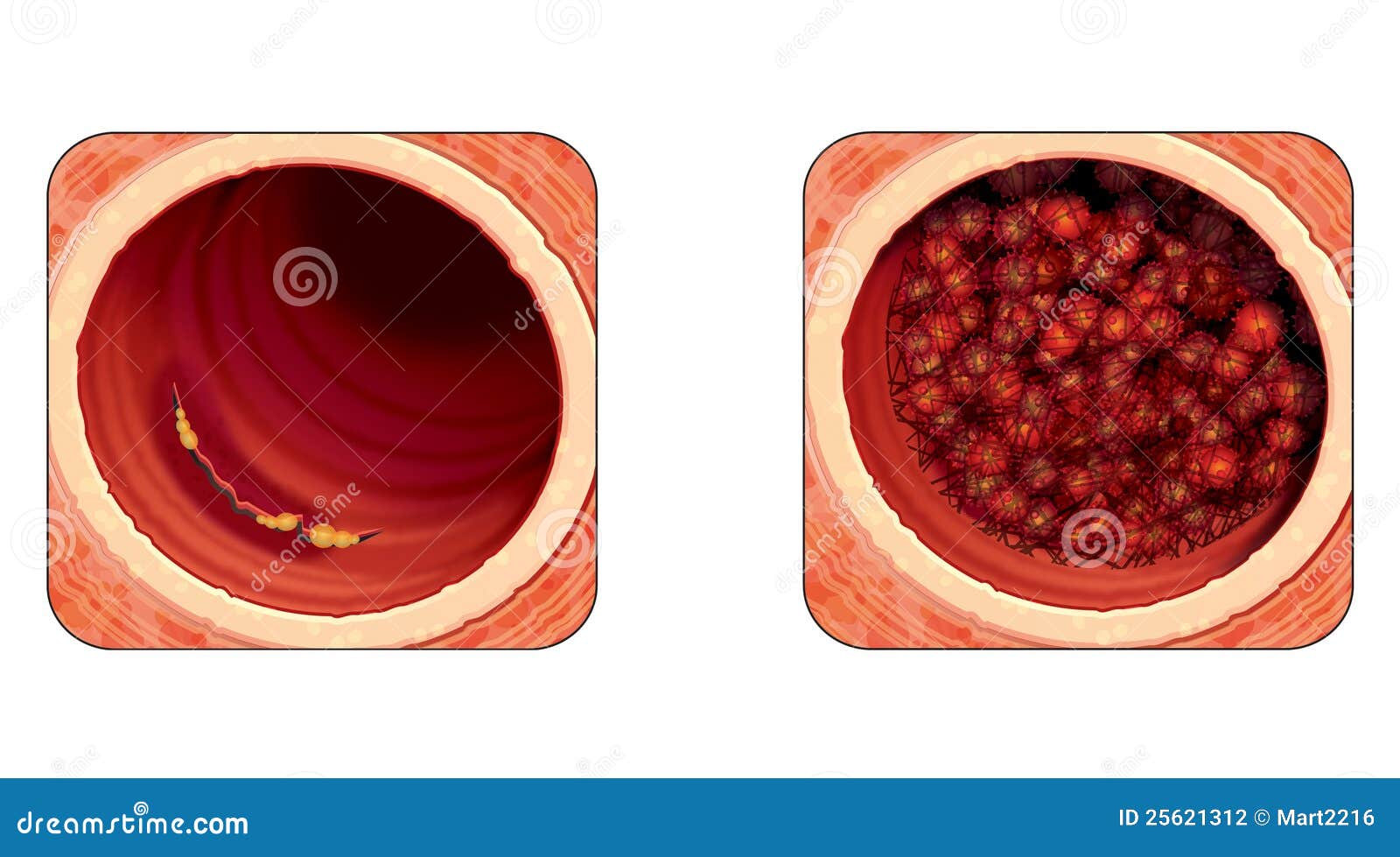


Mural Thrombus Stock Vector Illustration Of Vessels



Apical Mural Thrombus Resolved Completely After 8weeks Treatment With Download Scientific Diagram
Aortic mural thrombus (AMT) is a rare condition with potentially severe embolic consequences and no clear consensus on management AMT in an aorta without apparent structural disease is even more unusualThe results of the CAT "Mural thrombosis in the carotid bulb with extension to the right internal carotid artery and stenosis of 65%" We decide to start antiagregation (acetylsalicylic acid 100 mg/day) treatment and statins (atorvastatin 40 mg/day), furthermore the patients sent to the department of vascular surgey (VS)For the purpose of this paper our definition of an apical mural thrombus is a distinct mass of echoes, most commonly seen in the apex throughout the cardiac cycle, and in more than one view Mural thrombi are most commonly seen between six and 10 days following an acute myocardial infarction (MI)



A Rare Appearance Of A Large Mural Thrombus In Left Atrium Detected Two Years After The Maze Procedure Sciencedirect
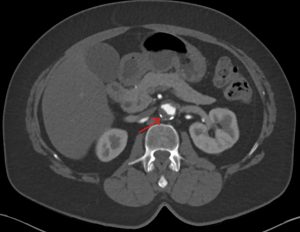


Mural Thrombus Diagnosis And Treatment Options
Attachment at one end to the wall of the aorta (also known as mural thrombus, mobile aortic thrombus, pedunculated aortic thrombus) Sometimes these are found incidentally on imaging studies and other times duringMural (or intraluminal) thrombus is a common finding in patients with abdominal aortic aneurysms 1 The extent of the thrombus within the aneurysm sac has been associated with larger neck diameter, 2 accelerated aneurysm growth, 3 and propensity for ruptureMural thrombus present on echo documented mural thrombus in the past 3 months recent (within 3 months) stroke or transient ischemic attack RISK MODERATE Recommendation recurrent VTE in the Determine bridging vs not bridging based on assessment of individual patient and surgeryrelated factors (Not Graded) VTE within the past 3 to 12 months



Contemporary Management Of Symptomatic Primary Aortic Mural Thrombus Journal Of Vascular Surgery



Aortic Dissection With Associated Mural Thrombus On Grepmed
A type 1 excludes note is a pure excludes It means "not coded here" A type 1 excludes note indicates that the code excluded should never be used at the same time as I513A type 1 excludes note is for used for when two conditions cannot occur together, such as a congenital form versus an acquired form of the same conditionThrombus is a conglomeration of fibrin and platelets, often containing red and white blood cells, which occurs within a blood vessel or cardiac chamber, adjacent to the endothelium or endocardium Thrombi occur in areas of slow flow due to stasis or associated with endothelial or endocardial damageMural thrombus of heart, following mi;



Science Source Stock Photos Video Mural Thrombosis



Aortic Mural Thrombus Visualised On Transoesophageal Echocardiography Bmj Case Reports
They are mainly formed in the aortaAn aortic mural thrombus or mobile aortic thrombus is thrombus that appears to be nearly free floating, with the potential to cause a cerebral, visceral, or peripheral embolismThe results of the CAT "Mural thrombosis in the carotid bulb with extension to the right internal carotid artery and stenosis of 65%" We decide to start antiagregation (acetylsalicylic acid 100 mg/day) treatment and statins (atorvastatin 40 mg/day), furthermore the patients sent to the department of vascular surgey (VS)



Qiao S Pathology Organized Mural Thrombus With Recanaliza Flickr
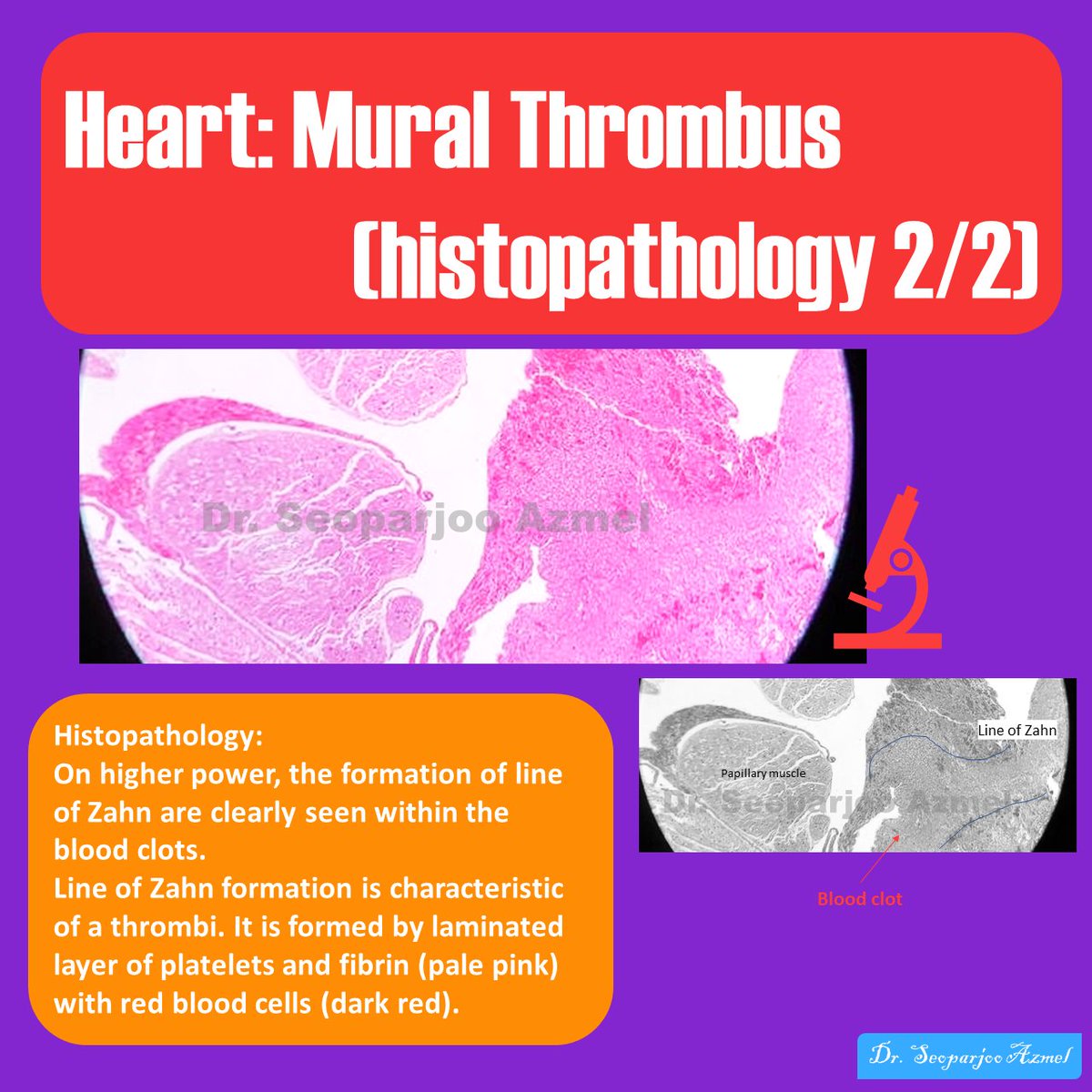


Seoparjoo Azmel Mural Thrombus Blood Clot Thrombus That Attached To The Heart Wall In This Case The Wall Of Right Ventricle Usm Usmkk Usmkle Medicusm Muralthrombus Heart Mdusm Ppsp
LVT is a common complication of acute myocardial infarction (AMI) Typically the clot is a mural thrombus, meaning it is on the wall of the ventricle The primary risk of LVT is the occurrence of cardiac embolism, in which the thrombus detaches from the ventricular wall and travels through the circulation and blocks blood vesselsIntracardiac thrombi are seen in a variety of clinical settings and can result in severe morbidity or even death from embolic eventsThey can occur following myocardial infarction with ventricular thrombus formation, or with atrial fibrillation and mitral stenosis where atrial thrombi predominate Thrombi in the chambers of the left heart are a common source of complications like stroke andLeft ventricular mural thrombus post acute heart attack;



Myocardial Infarction


Utswmed Ir Tdl Org Bitstream Handle 2152 5 2639 Gr Im Pdf Sequence 1 Isallowed Y
Final Diagnosis Mural thrombus in the distal aorta Discussion Primary aortic nonocclusive thrombus is a rare entity and not commonly encountered in routine practice These thrombi may be associated with atherosclerotic plaques or may evolve de novo in the aortaMural thrombus of heart, following heart attack;Final DiagnosisMural thrombus in the distal aorta DiscussionPrimary aortic nonocclusive thrombus is a rare entity and not commonly encountered in routine practice These thrombi may be associated with atherosclerotic plaques or may evolve de novo in the aorta



Mural Thrombus Diagnosis And Treatment Options



Apical Mural Thrombus Technical Pitfalls Heart
A large aneurysm of the left ventricle was present;Mural thrombus present on echo documented mural thrombus in the past 3 months recent (within 3 months) stroke or transient ischemic attack RISK MODERATE Recommendation recurrent VTE in the Determine bridging vs not bridging based on assessment of individual patient and surgeryrelated factors (Not Graded) VTE within the past 3 to 12 monthsThe infectious agent can either travel through the blood stream and harbor in the vasa vasorum of the arterial wall or implant on damaged intima, ulcerated arteriosclerotic plaques, or mural thrombus Alternatively, the infectious agent can reach the artery either by contiguous spread of adjacent infectious process or by traumatic/iatrogenic inoculation



Aortic Mural Thrombus In The Normal Or Minimally Atherosclerotic Aorta Annals Of Vascular Surgery



Left Ventricular Mural Thrombus Despite Treatment With Dabigatran And Clopidogrel Bmj Case Reports
Left ventricular thrombus (LVT) is associated with a significant risk of ischemic stroke (IS) and peripheral embolization Societal guidelines recommend the use of warfarin, with direct oral anticoagulants (DOACs) only for patients unable to tolerate warfarin We studied the natural history of LVT with anticoagulation (AC) with emphasis on comparing warfarin and DOAC useA mural thrombus is an organizing blood clot attached to the wall of a blood vessel or the endocardium of the heart It is composed of platelets, fibrin, and trapped red and white blood cells As mural thrombi organize, they form characteristic alternating layers of fibrin and trapped cells, called lines of ZahnThombos of atrium/auric append/ventr as current comp fol AMI;


Q Tbn And9gcqtuvquk 0j6rgw 0onxecdoig Winldip0dbj6hutjjsnnmohx Usqp Cau



A 7 5cm Abdominal Aortic Aneurysm With A Mural Thrombus That Almost Completely Fills The Lumen Of The Saccul Abdominal Aortic Aneurysm Aortic Aneurysm Aneurysm
Mural thrombus one attached to the wall of the heart adjacent to an area of diseased endocardium, or to the aortic wall overlying an intimal lesion See also parietal thrombus occluding thrombus one that occupies the entire lumen of a vessel and obstructs blood flowAttachment at one end to the wall of the aorta (also known as mural thrombus, mobile aortic thrombus, pedunculated aortic thrombus) Sometimes these are found incidentally on imaging studies and other times duringA thrombus in a large blood vessel will decrease blood flow through that vessel (termed a mural thrombus) In a small blood vessel, blood flow may be completely cut off (termed an occlusive thrombus), resulting in death of tissue supplied by that vessel If a thrombus dislodges and becomes freefloating, it is considered an embolus citation



Morphological Aspects Of Mural Thrombi Deposition Residual Lumen Route In Infrarenal Abdominal Aorta Aneurisms



Calcified Left Ventricular Mural Thrombus Radiology Case Radiopaedia Org
Find out information about mural thrombus A thrombus attached to the wall of a blood vessel or mural endocardium Also known as lateral thrombus McGrawHill Dictionary of Scientific & Technical Explanation of mural thrombusLooking for mural thrombus?Mural thrombus of left ventricle following acute myocardial infarction;



Mural Thrombi Vs Occulsibe Google Search Mural Acute Coronary Syndrome Platelets
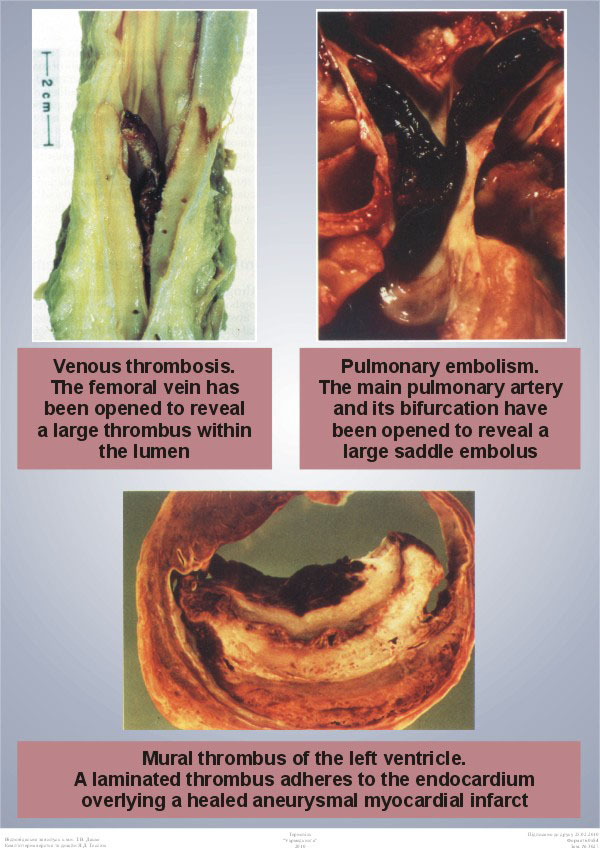


Venous Thrombosis Pulmonary Embolism Mural Thrombus Of The Left Ventricle
Since the initial description by Weismann and Tobin in 1958, 4 aortic mural thrombus has been accepted as a definite clinical entity and a source of arterial thromboembolism 5 T The muralMural thrombus is basically a blood clot that is formed in the blood and is attached to the lining of a chamber of the heart or the wall of a blood vessel They are dangerous and can break loose to form emboli A mural thrombus can be symptomatic or asymptomatic;Abstract Left ventricular thrombus (LVT) is associated with a significant risk of ischemic stroke (IS) and peripheral embolization Societal guidelines recommend the use of warfarin, with direct oral anticoagulants (DOACs) only for patients unable to tolerate warfarin
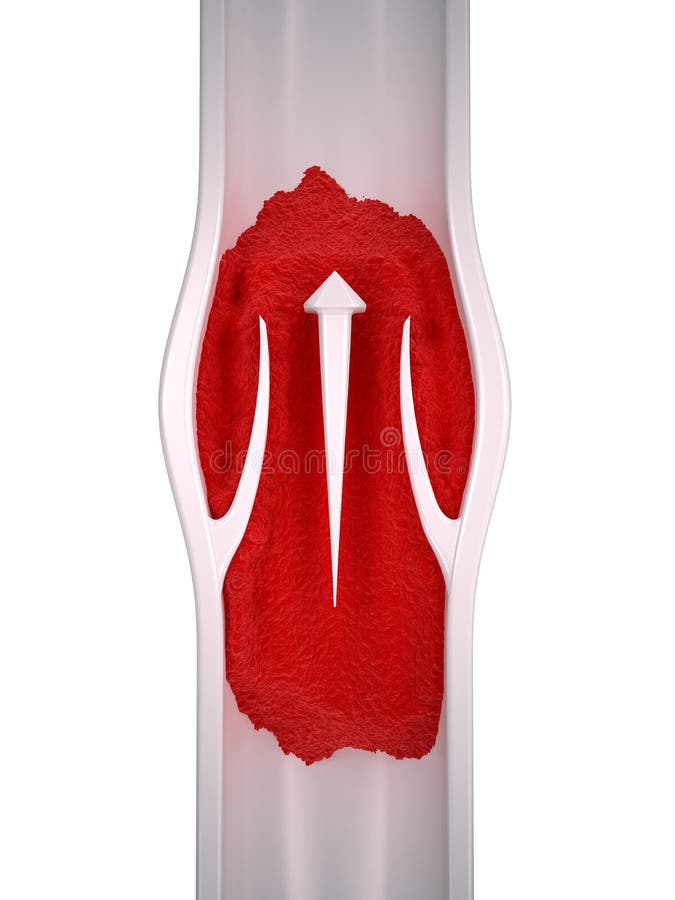


Mural Thrombus Stock Illustrations 8 Mural Thrombus Stock Illustrations Vectors Clipart Dreamstime
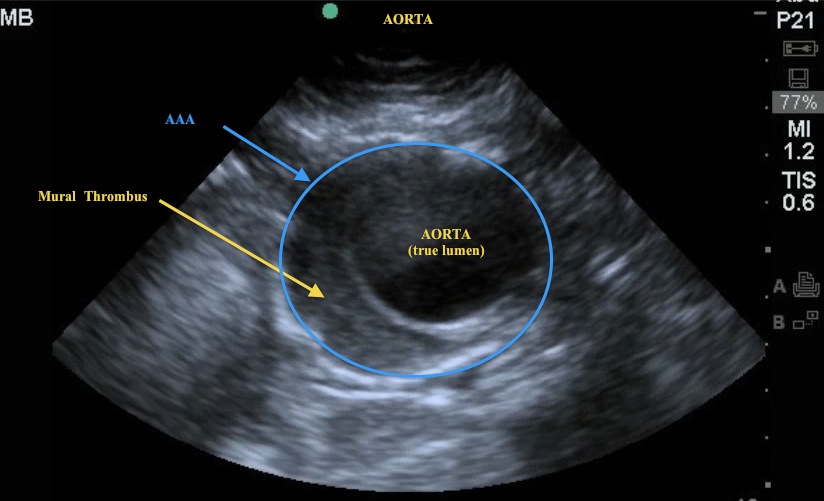


a Abdominal Aortic Aneurysm Emory School Of Medicine
Left ventricular thrombus is a blood clot in the left ventricle of the heart LVT is a common complication of acute myocardial infarction (AMI) Typically the clot is a mural thrombus, meaning it is on the wall of the ventricle The primary risk of LVT is the occurrence of cardiac embolism, in which the thrombus detaches from the ventricular wall and travels through the circulation and blocksAortic mural thrombus is usually associated with aneurysmal disease, dissection, or severe atherosclerosis of the thoracic or abdominal aorta Aortic mural thrombus in a nonaneurysmal minimally atherosclerotic or normal aorta is a rare clinical entity and an unusual cause of peripheral arterial embolizationFor the purpose of this paper our definition of an apical mural thrombus is a distinct mass of echoes, most commonly seen in the apex throughout the cardiac cycle, and in more than one view Mural thrombi are most commonly seen between six and 10 days following an acute myocardial infarction (MI)



Mural Thrombus Stock Photos And Images Agefotostock



Non Atherosclerotic Aortic Mural Thrombus A Rare Source Of Embolism Bmj Case Reports
Mural thrombosis definition at Dictionarycom, a free online dictionary with pronunciation, synonyms and translation Look it up now!• The identification of mural thrombus in patients with left ventricular aneurysm and mural thrombus probably warrants consideration of longterm anticoagulation In patients with acute, large, anterior or anteroapical, transmural myocardial infarctions, serial noninvasive examinations are warranted to define a group of patients at high risk for the development of left ventricular aneurysm and/or mural thrombusMedian followup was 351 days (interquartile range, IQR, days) Among the 356 (693%) with followup imaging, this occurred after a median of 81 days (IQR, days) Of the 231 patients with echocardiographic evidence of thrombus resolution, (87%) developed a stroke or systemic embolism within 30 days after the echocardiogram
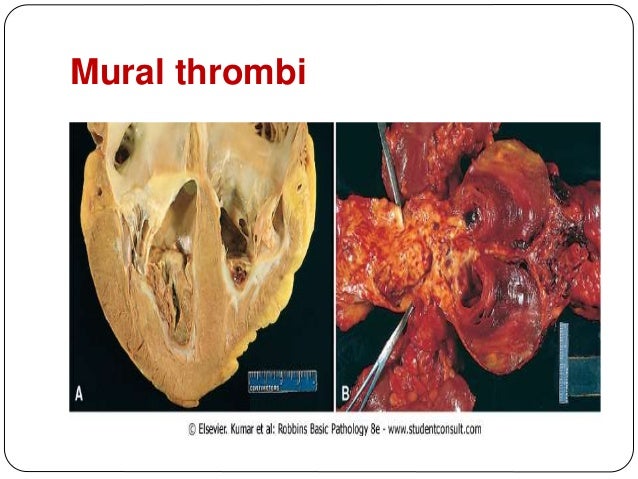


Thrombosis Embolism And Infarction



Mural Thrombus Stock Photos And Images Agefotostock
Thrombosis of atrium, auricular appendage, and ventricle not specified as currentHistorically, an LV thrombus was a major complication of acute myocardial infarction However, in the era of primary percutaneous coronary intervention, we now see LV thrombus from a variety of other conditions This report of 159 consecutive cases of LV thrombus provides important prognostic and therapeutic informationMural thrombosis of the aorta constitutes a dangerous condition with a potentially lethal final outcome Recurrent emboli are inevitable without surgical treatment of the source This is a preview of subscription content, log in to check access



Michael Magnetta Life Size a With Mural Thrombus Evar Planning Extralobar Bronchopulmonary Sequestration Surgical Planning Thin Cta On Form2 T Co 6baab6a8pm



Mural Thrombus Growth On Neointima After Blood Flow Reduction Small Download Scientific Diagram
Management of LV thrombus has long been a challenge for many patients Historically, an LV thrombus was a major complication of acute myocardial infarction However, in the era of primary percutaneous coronary intervention, we now see LV thrombus from a variety of other conditionsMural thrombosis afflicts the heart's two upper chambers Thrombosis is a term given to a collection of conditions involving the formation of a nonmoving blood clot named thrombus Belonging to this category is mural thrombosis, which denotes a thrombus occurring in the endocardium This is a layer of tissue that lines the chambers of the heartMural thrombus is thrombus that attaches to the wall of a blood vessel and cardiac chamber 2) Mural thrombus occurrence in a normal or minimally atherosclerotic vessel is a rare entity in the absence of a hypercoagulative state or inflammatory, infectious, or familial aortic ailments
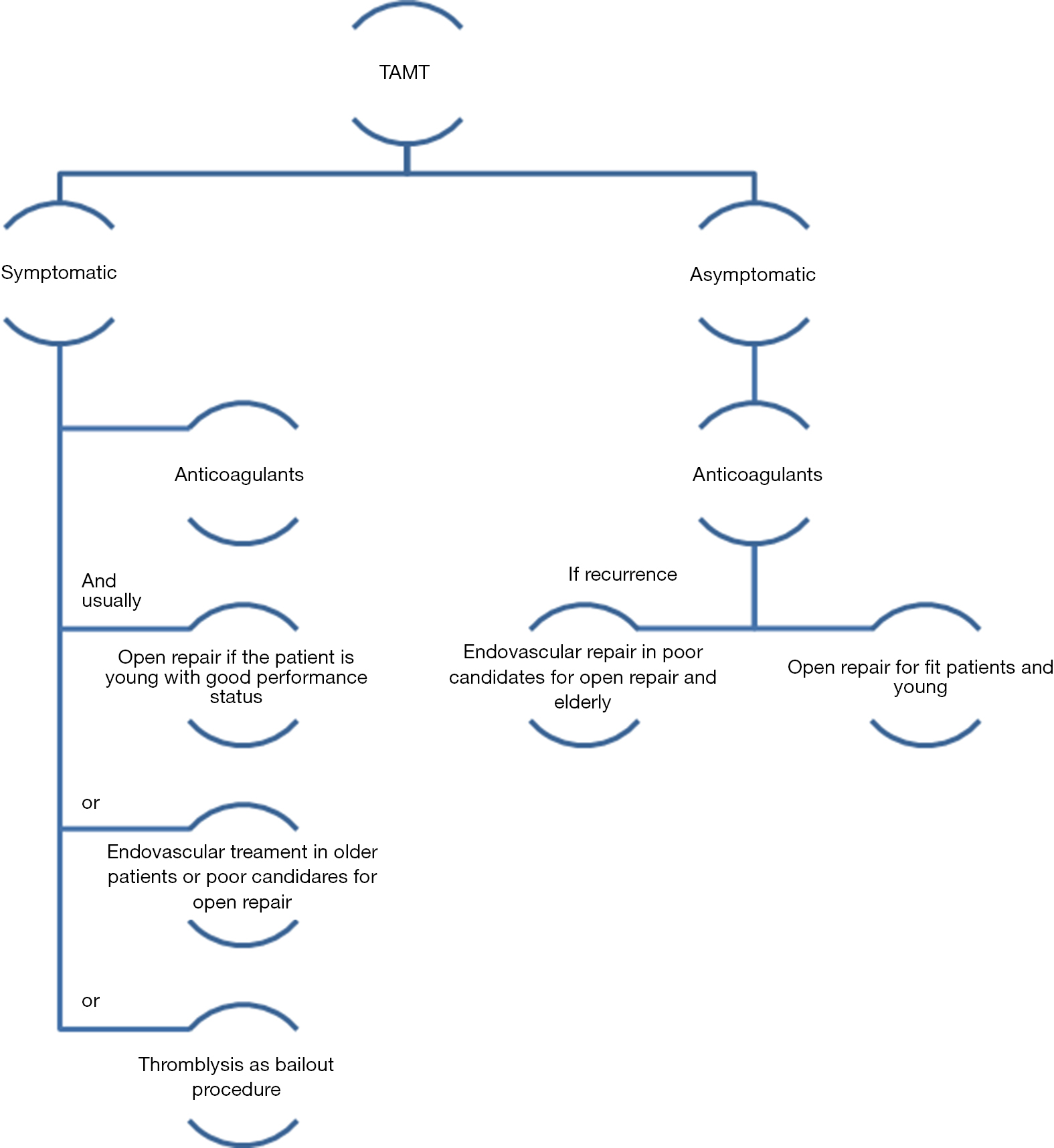


A Critical Reappraisal Of The Treatment Modalities Of Normal Appearing Thoracic Aorta Mural Thrombi Karaolanis Annals Of Translational Medicine



Classification Of Primary Aortic Mural Thrombus Pamt Dta Descending Download Scientific Diagram



Mural Thrombus In Aneurysmal Section Of Lower Abdominal Aorta Abdominal Aorta Mural Abdominal



Hemodialysis Catheter Related Central Venous Thrombosis Clinical Approach To Evaluation And Management Annals Of Vascular Surgery
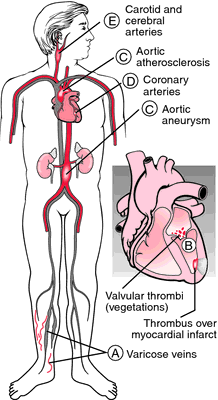


Mural Thrombus Definition Of Mural Thrombus By Medical Dictionary



Ct Image Of An Abdominal Aortic Aneurysm a With Eccentric Mural Download Scientific Diagram



Dilated Cardiomyopathy With Mural Thrombus Youtube



Emboli Arising From Mural Thrombus On Dacron Grafts After Open Repair Of Traumatic Thoracic Aortic Injury Journal Of Vascular Surgery
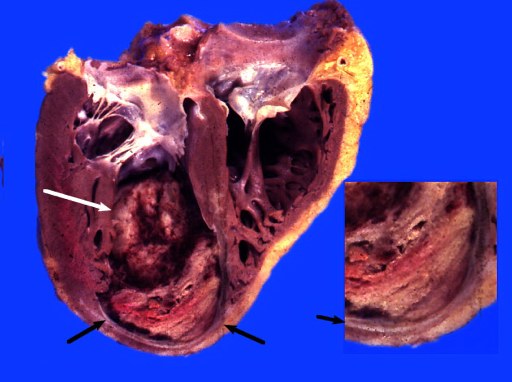


Pictures


Www Jvascsurg Org Article S0741 5214 17 3 Pdf



View Image



Figure 2 From Catastrophes Of Abdominal Aorta Sonographic Evaluation Semantic Scholar



Central Venous Catheter Occlusion Management Ppt Download



0814 Types Of Thrombosis Medical Images For Powerpoint Presentation Powerpoint Diagrams Ppt Sample Presentations Ppt Infographics
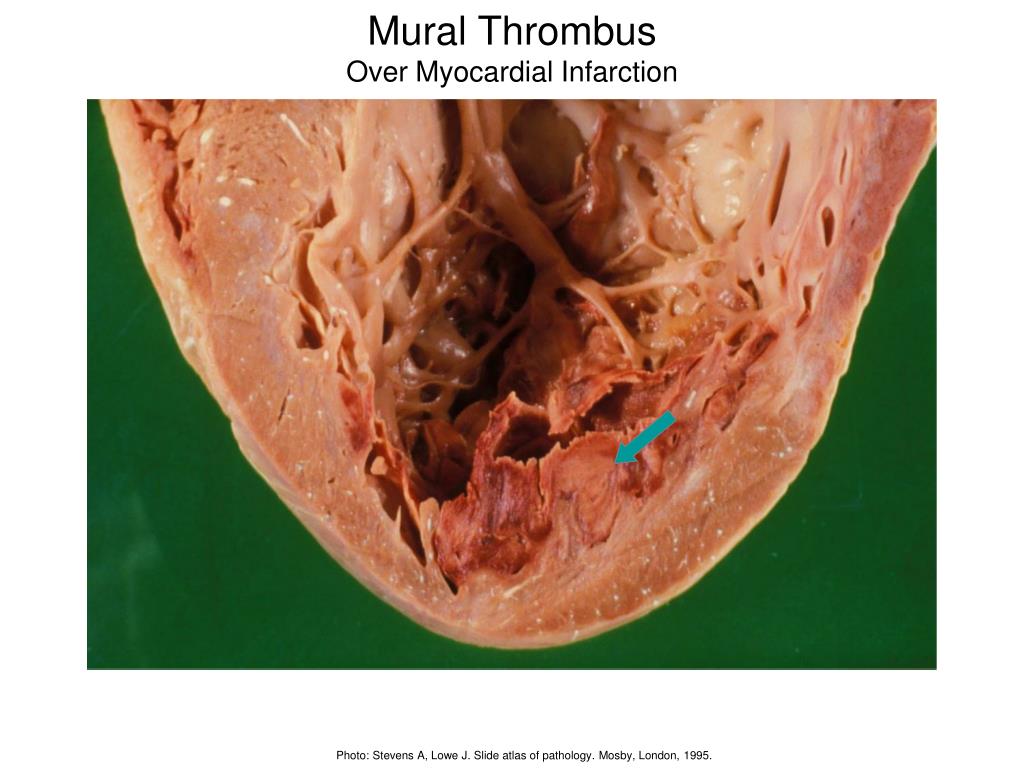


Ppt Hemodynamic Disorders Thrombosis And Shock Powerpoint Presentation Id
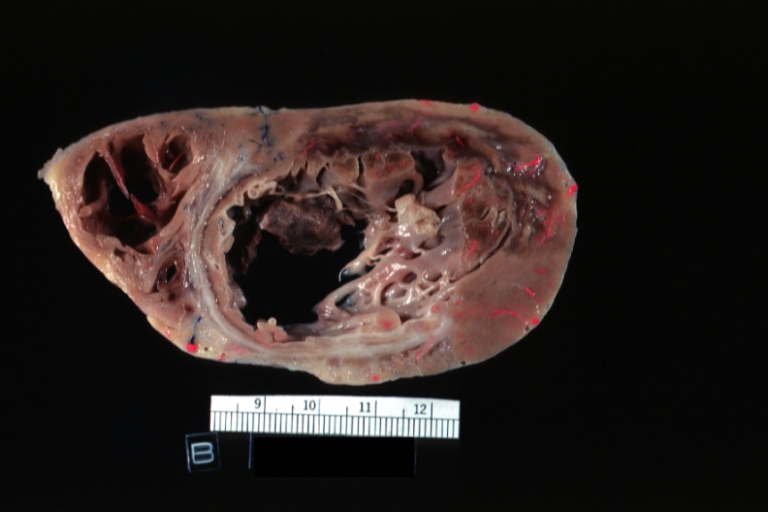


File Ami Mural Thrombus 1 Jpg Wikidoc


Q Tbn And9gcsgndohsffc07t7im32qoag0 Y2f0pkompskmvtayml213qebsj Usqp Cau



Ultrasound Images Aorta Emory School Of Medicine


Slide 44
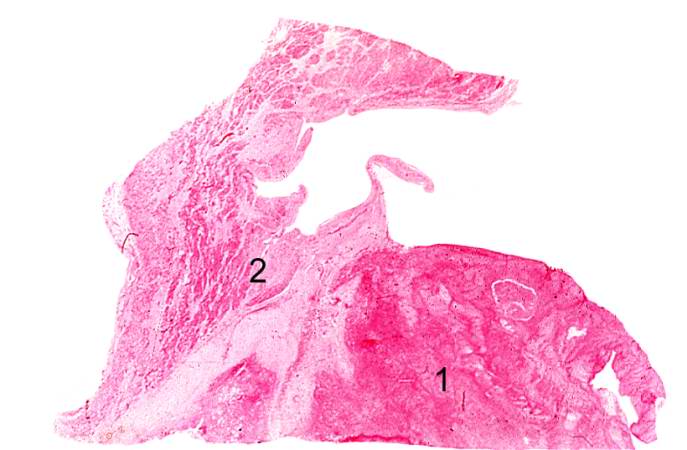


File Mural Thrombus 2 Jpg Wikidoc



Thrombosis Ppt Video Online Download


Q Tbn And9gcr5tqlc9mhzizduhpa90sscwgtpdzeeuah Nu9jypc1ksjpge2w Usqp Cau



Apical Mural Thrombus Technical Pitfalls Heart



Scvs Endovascular Stent Graft Repair Of Thoracic Aortic Mural Thrombus In A Patient With Polycythemia Vera



A An Angiograph Showing Mural Thrombus Formation Indicated By Download Scientific Diagram



Heart Mural Thrombus Infarct Video Medtube Net



Contemporary Management Of Symptomatic Primary Aortic Mural Thrombus Journal Of Vascular Surgery



Figure 1 From Antithrombotic Therapy In Aortic Diseases A Narrative Review Semantic Scholar



Measurement Of Sac Volume Sv And Mural Thrombus Volume Mtv Download Scientific Diagram



Left Ventricular Thrombus Formation After Acute Myocardial Infarction Heart



Figure 1 From Embolic Stroke Due To A Common Carotid Artery Thrombus In A Young Patient With Severe Iron Deficiency Anemia Without Thrombocytosis Semantic Scholar



An Unusual Case Of Left Atrial Mural Thrombus Following Aortic Valve Replacement Happidoc
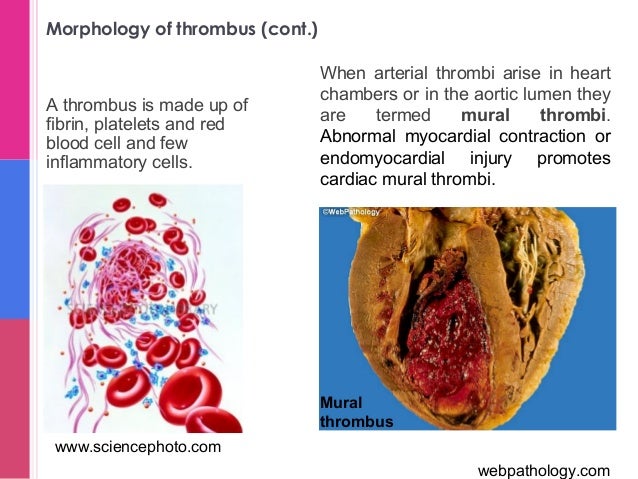


Cvs Pathology 5 Thromboembolism 19 Sufia Husain



Mural Thrombus Diagnosis And Treatment Options



Type Iia Primary Aortic Mural Thrombus Pamt A And B Preoperative Download Scientific Diagram



0814 Types Of Thrombosis Medical Images For Powerpoint Presentation Powerpoint Diagrams Ppt Sample Presentations Ppt Infographics
33141-9.fp.png)


The Unknown Territory Non Aneurysmal Non Atherosclerotic Aortic Mural Thrombus An Unusual Source Of Embolism Journal Of The American College Of Cardiology



Qiao S Pathology Organized Mural Thrombus With Recanaliza Flickr



Stroke Flashcards Quizlet



Left Ventricular Thrombosis Can Still Complicate Acute Myocardial Infarction Cleveland Clinic Journal Of Medicine
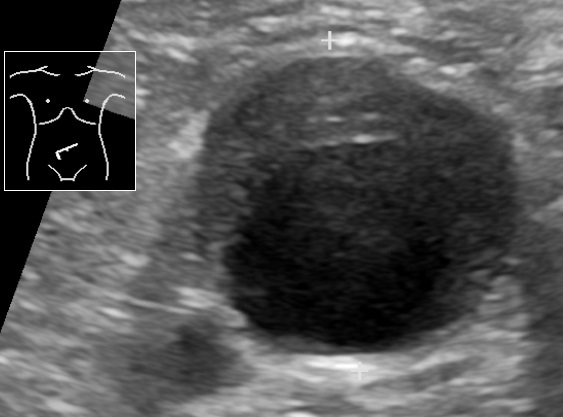


File Ultrasonography Of Abdominal Aortic Aneurysm With Mural Thrombus Jpg Wikipedia


Q Tbn And9gctchge80rct8r4vhtpbuuulefwvxduktnfuwmp8vntptuhcqlnl Usqp Cau



Myocardial Infarction Mural Thrombus Formation Stock Illustration



Why Atherothrombosis Is In Principle A Hematologic Disease The Effect Of Disorders And Drugs Which Affect Thrombosis On The Development Of Atherosclerotic Plaques



Mural Thrombus Of Ascending Aorta Successfully Managed With Anticoagulation In A Patient With Metastasic Cancer Thrombosis Research


Hma Lectures Embolism Studyingmed



A 1b Showing Intra Mural Thrombus In Right Side Cavities Of Heart Download Scientific Diagram



Mural Thrombus Eps10 Art Print Barewalls Posters Prints Bwc
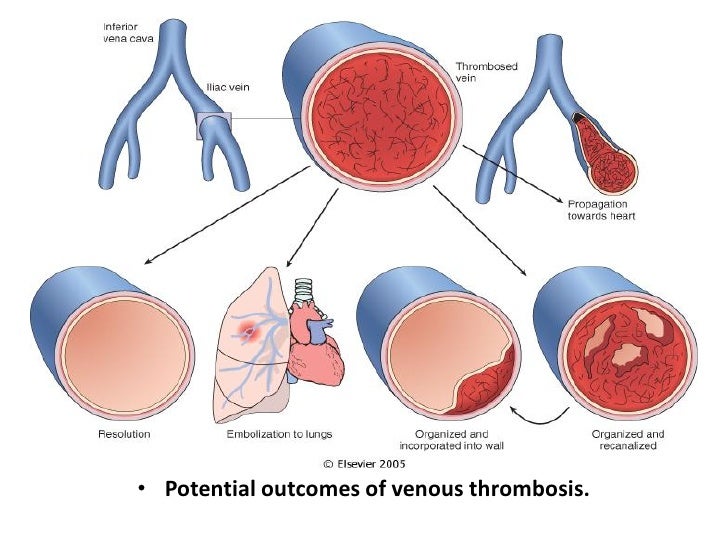


6 Hemodynamic Disorders



Apical Mural Thrombus Technical Pitfalls Heart



Aortic Aneurysm a Measuring 6 Cm Wide With Mural Grepmed



Contemporary Management Of Symptomatic Primary Aortic Mural Thrombus Sciencedirect



Types Of Catheter Occlusions Cathflo Activase Alteplase
.jpg)


Webpathology Com A Collection Of Surgical Pathology Images



Left Ventricular Mural Thrombus Despite Treatment With Dabigatran And Clopidogrel Bmj Case Reports
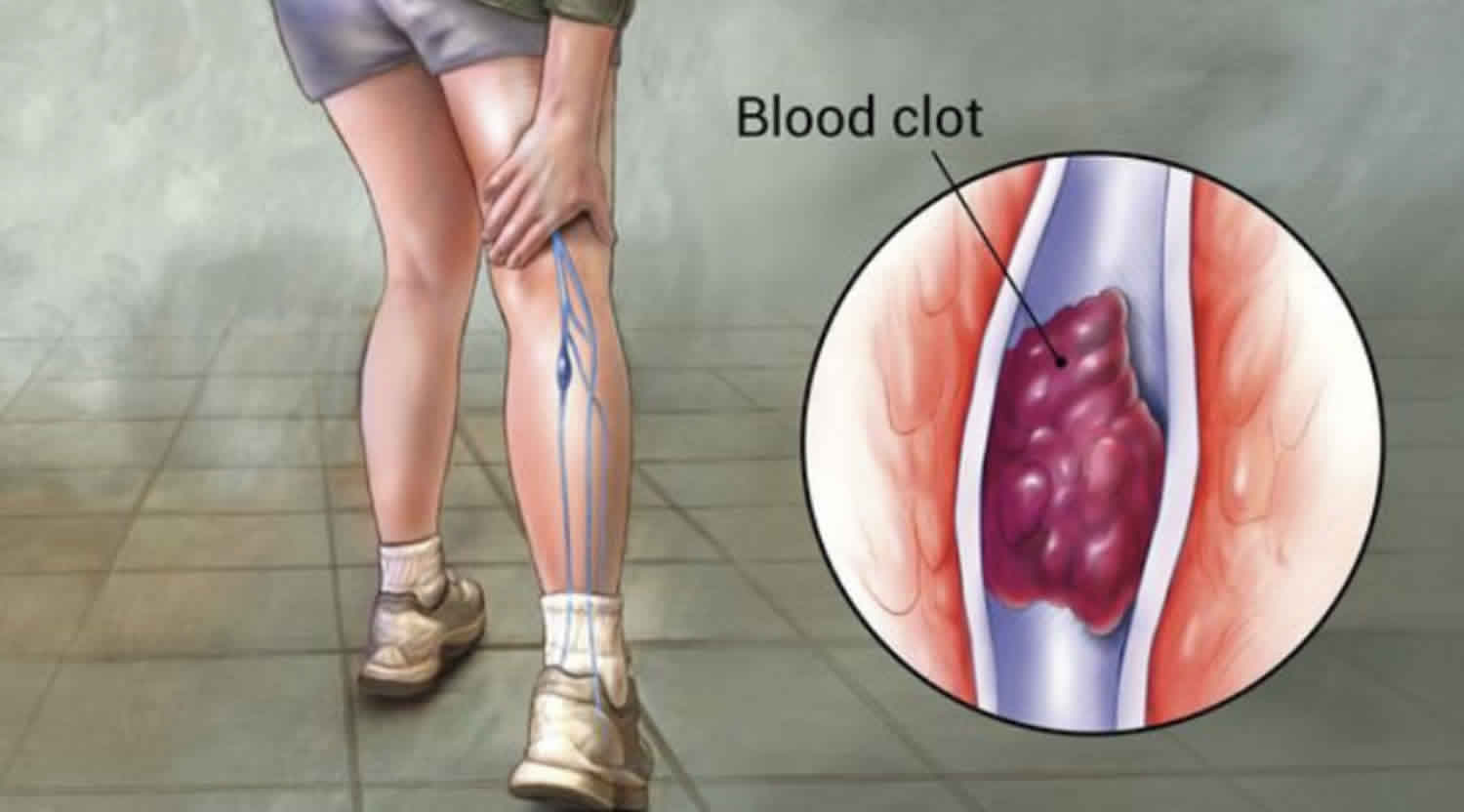


Thrombus Definition Thrombus Formation Mural Thrombus



Mural Thrombus Stock Photos And Images Agefotostock


The Hemorheologic Hemodynamic Theory Of Atherosclerosis



Thrombus Wikipedia


Scvs Recurrent Symptomatic Thoracic Aortic Mural Thrombus Following Open Thoracic Aortic Endarterectomy Management By Tevar


Journals Sagepub Com Doi Pdf 10 1177 x



Mural Thrombus And The Progression Of Abdominal Aortic Aneurysms A Large Population Based Prospective Cohort Study European Journal Of Vascular And Endovascular Surgery



Seoparjoo Azmel Mural Thrombus Blood Clot Thrombus That Attached To The Heart Wall In This Case The Wall Of Right Ventricle Usm Usmkk Usmkle Medicusm Muralthrombus Heart Mdusm Ppsp



Anterior Wall Of Left Ventricle Large Mural Thrombus Mt On Download Scientific Diagram



Cardiac Pathology Heart Acute Myocardial Infarction With Mural Thrombus Podcasts Naked Scientists



Histopathology Heart Mural Thrombus Infarct Mural Rocks And Crystals Crafts



Antithrombotic Therapy For Patients With Left Ventricular Mural Thrombus Journal Of The American College Of Cardiology


Tamt Thoracic Aortic Mural Thrombus By Acronymsandslang Com



Types Of Thrombosis Eps10 Canvas Print Barewalls Posters Prints Bwc



Aortic Mural Thrombus In The Normal Or Minimally Atherosclerotic Aorta Annals Of Vascular Surgery



Abdominal Aortic Aneurysm With Thrombus Fissuration Radiology Case Radiopaedia Org



Thrombus Types Occlusive Embolus Mural Medical Anatomy Illustration Stock Photo Picture And Royalty Free Image Image



Contemporary Management Of Symptomatic Primary Aortic Mural Thrombus Sciencedirect


Cardiovascular Pathology


コメント
コメントを投稿